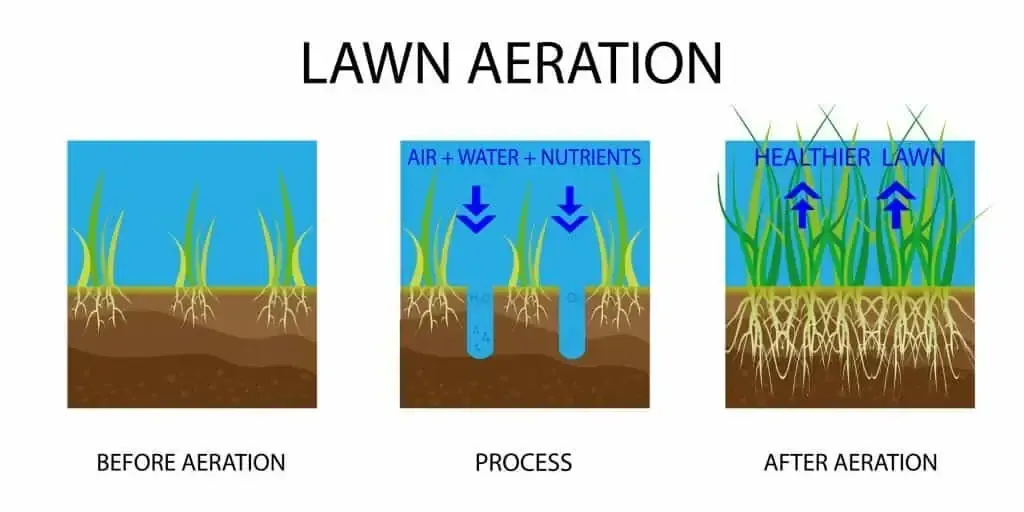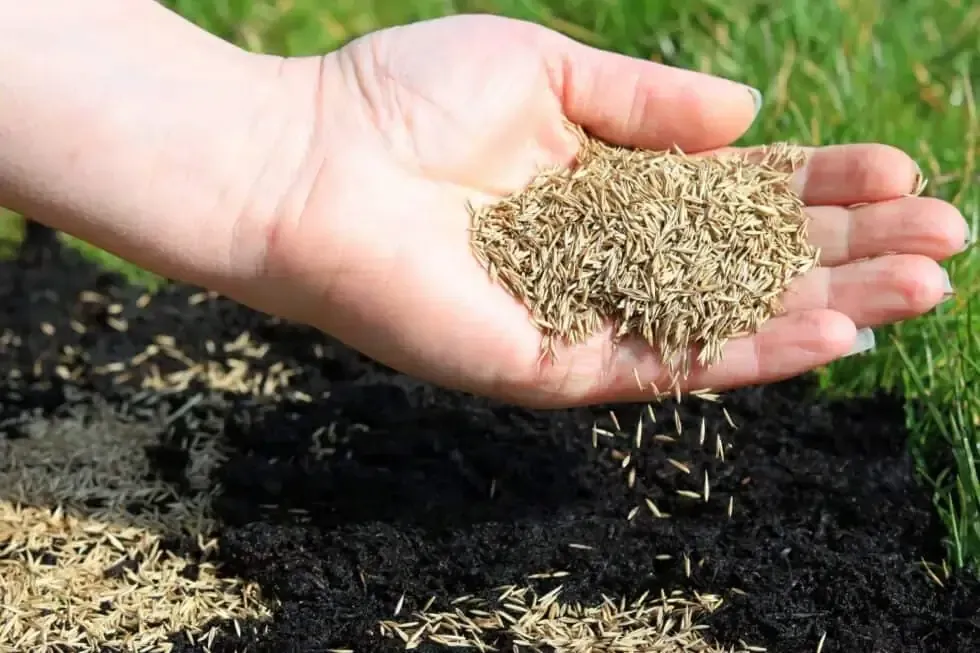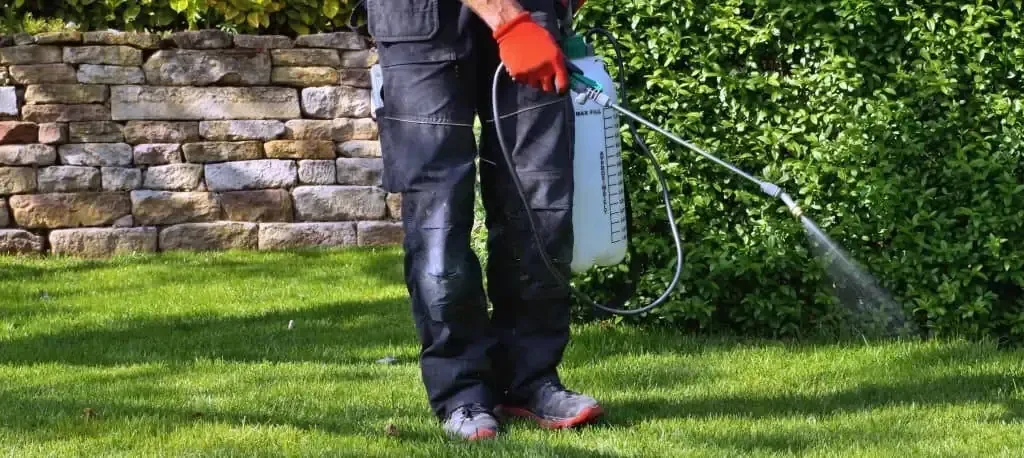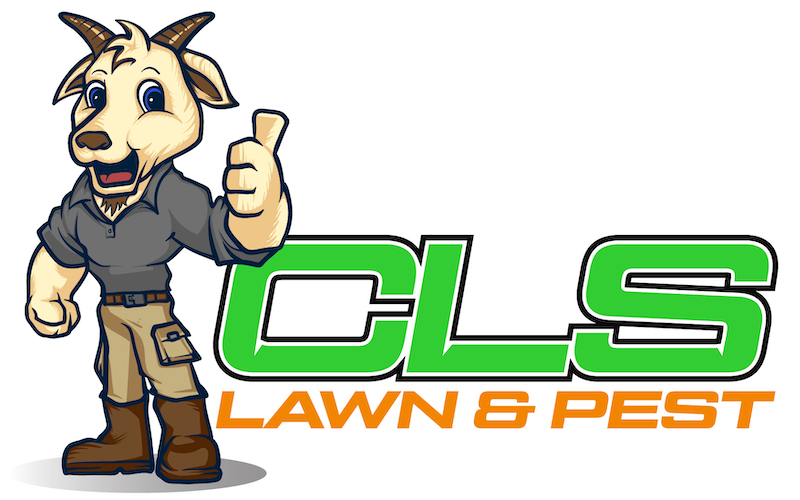Invasive plant species can wreak havoc on a gorgeous garden. However, homeowners in Texas must battle bushy piles and overgrowth more than the desert-like surrounding states. How can proactive property managers streamline weed control without lengthening their lawn maintenance to-do list? Let’s find out.
Why Weed Control Matters in Texas
Texas has a unique and diverse landscape prone to variable weather conditions. It holds tremendous agricultural significance, holds economic potential within every square mile, and is home to millions of people. Unfortunately, uncontrolled weeds can change everything.
Properties in TX are susceptible to wildfires, droughts, long hours of direct sunlight, and high winds. Clean and well-maintained lawns are less likely to become damaged due to unexpected events. Meanwhile, yards with weeds can spread wildfires and lawn diseases while siphoning water from critical landscaping.
DID YOU KNOW: Effective weed control can help reduce lawn pest activity.
Invasive plant species are anything you do not want growing in your yard. They can outcompete native species and ruin your beautiful landscaping, causing more work to fix undernourished plants. In many cases, ineffective weed control can require additional lawn fertilizer to regain soil nutrient balances.
Eliminating unwanted plants through effective weed control is your best bet. The following practices can help ensure adequate water distribution, reduce fire hazards, and increase your property’s value.
#1. Mulching for Weed Control
Weed Control 101: How to Get Rid of Invasive Species
Mulch can help your lawn in many ways, not just by helping to reduce weed growth. It’s an environmentally friendly weed control method that blocks sunlight from invasive species, hindering their development. It can also help trap precious water and nutrients, evenly distributing them to other plants growing in your garden.
TIP: Ask a local landscaping and weed control expert for tips on choosing the best mulch for your lawn.
#2. Applying Pre-Emergent Herbicides
Pre-emergent herbicides help stop weeds from germinating without preventing other native species from flourishing. Experts can apply the solution in early spring or fall to catch seedlings before they sprout. Then, lawn care professionals can follow up with tailored fertilizer to help flip the script in your garden.
TIP: Schedule professional lawn aeration services before applying pre-emergent herbicides or fertilizers to maximize absorption.
#3. Scheduling Regular Lawn Care Services
Routine lawn care services help keep your property in terrific condition despite the weather or weeds. Consistent attention also lets you “nip it in the bud” or identify, capture, and remove weed species before they can fully develop. Pull from the root to prevent regrowth, and discuss additional weed control measures with local experts.
TIP: Mowing removes the tops of invasive plants before they can produce seeds.
Seasonal Weed Control Tips for Texas
Need more information on controlling weeds during different seasons in TX? Check out this seasonal guide:
Winter
Winter weed control in Texas involves fewer tasks but is essential. Many plants lay dormant during colder months, yet some species may persist. Focus on timing during this season, and schedule lawn care services to coincide with plant growth patterns and weather conditions.
TIP: Winter is the perfect time for soil amendments and tree care.
Spring
Spring is when everything in your garden comes back to life. Many homeowners in Texas will apply fertilizer and herbicide at this time. The lawn treatment combo creates a one-two punch that controls annual weed growth and stops invasive species germination.
TIP: Use preliminary hand weeding to remove dead or dormant plants before warmer weather.
Summer
The intense Texas heat can beat your lawn to a pulp, causing invasive weeds to sprout up in every corner as the robust plants die of thirst. Now is the perfect time to apply mulch and schedule liquid aeration services to prepare your yard for cooler conditions
TIP: Consider adapting your watering routine to the variable temperatures.
Fall
As the weather cools, it provides a unique opportunity for cool-weather and warm-weather weeds to thrive. Homeowners in TX must develop a comprehensive weed control strategy to ensure minimal spreading. Continue mulching and mowing, then consult local landscapers to prepare for winter.
TIP: Overseeding your lawn can help give unwanted weeds some competition.
Conclusion
Maintaining your lawn involves more than mowing and mulching. It requires an effective weed control strategy that protects your plants year-round. Discuss your concerns with a local professional, then develop a plan to keep invasive species at bay.



